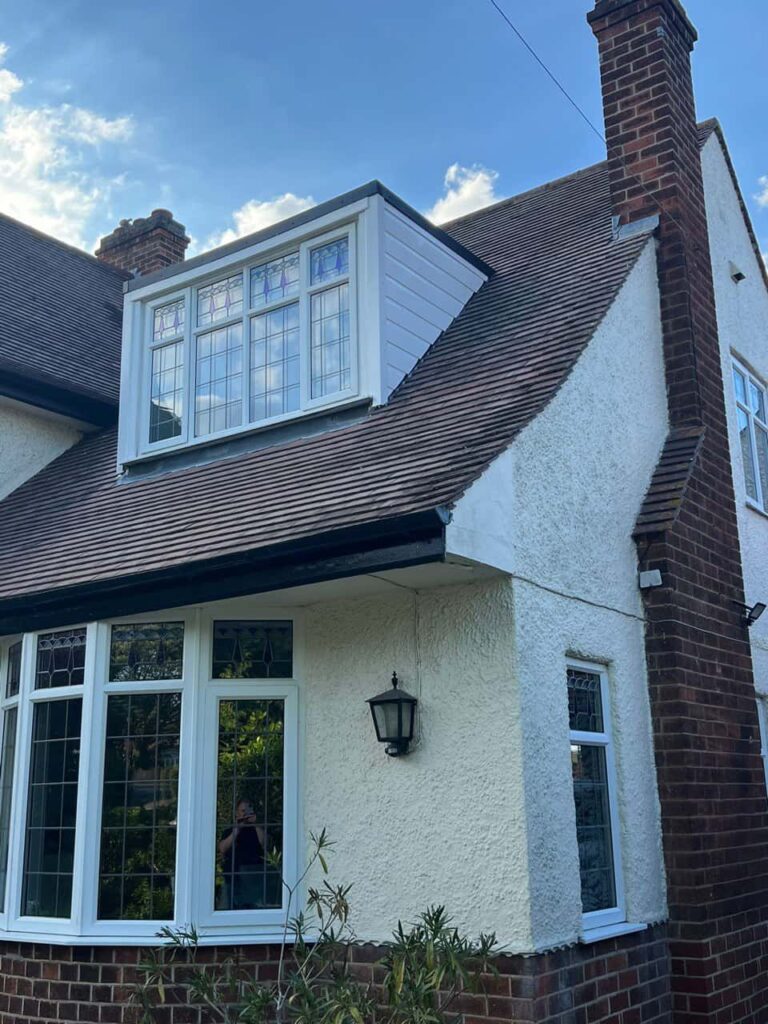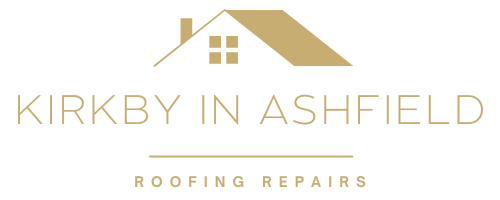Introduction: Investing in a hipped roof re-roofing project presents an excellent opportunity to enhance the aesthetic appeal and structural integrity of your home and improve its energy efficiency. Proper insulation is crucial in maintaining a comfortable indoor environment, reducing heating and cooling costs, and minimising environmental impact. At Kirkby in Ashfield Roofing Repairs, we understand the importance of maximising home energy efficiency, and we’re here to share some valuable insulation tips to help you achieve your goals during hipped roof re-roofing.
1. Assess Current Insulation Levels
Before beginning your hipped roof re-roofing project, assessing the current insulation levels in your attic or roof space is essential. Insufficient insulation can result in heat loss during the winter and heat gain during the summer, leading to increased energy consumption and discomfort. Use a thermal imaging camera or consult with a professional to determine the existing insulation levels and identify areas that may require additional insulation.
2. Choose the Right Insulation Material
When selecting insulation material for your hipped roof re-roofing project, consider factors such as R-value, moisture resistance, and environmental impact. Common insulation materials include fibreglass, cellulose, spray foam, and rigid foam board. Each insulation type has advantages and disadvantages, so research your options carefully to choose the best material for your specific needs and budget.
3. Install Insulation Properly
Proper installation of insulation is essential for maximising its effectiveness and energy-saving potential. Ensure that insulation is installed according to manufacturer specifications and local building codes, paying attention to details such as proper air sealing, vapour barriers, and ventilation. Properly installed insulation will help create a continuous thermal barrier that prevents heat transfer and reduces energy loss.
4. Focus on Air Sealing
In addition to insulation, air sealing is critical for improving home energy efficiency and preventing drafts and air leakage. Seal gaps, cracks, and openings in the attic or roof space using caulking, weatherstripping, or spray foam insulation. Pay particular attention to areas around plumbing penetrations, electrical outlets, recessed lighting fixtures, and attic access doors. By effectively sealing air leaks, you can enhance the performance of your insulation and reduce heating and cooling costs.
5. Consider Roof Ventilation
Proper roof ventilation is essential for maintaining a healthy and energy-efficient attic space. Install ridge vents, soffit vents, or attic fans to promote airflow and prevent moisture buildup and heat accumulation in the attic. Good ventilation helps regulate temperature and humidity levels, reducing the strain on your HVAC system and improving overall energy efficiency.
6. Schedule Regular Maintenance
Once your hipped roof re-roofing project is complete, schedule regular maintenance to ensure your insulation remains in optimal condition. Inspect insulation periodically for signs of damage, compression, or moisture intrusion, and address any issues promptly to prevent energy loss and maintain home comfort. Additionally, monitor energy consumption and indoor comfort levels to assess the effectiveness of your insulation and make adjustments as needed.
Conclusion: Enhancing home energy efficiency with hipped roof re-roofing is a smart investment that can deliver long-term benefits regarding comfort, savings, and sustainability. Homeowners can create a more energy-efficient and comfortable living environment by assessing current insulation levels, choosing the right insulation material, installing insulation properly, focusing on air sealing, considering roof ventilation, and scheduling regular maintenance.
Call us on: 01623 700 893
Click here to find out more about Kirkby in Ashfield Roofing Repairs
Click here to complete our contact form and see how we can help with your roofing needs.

